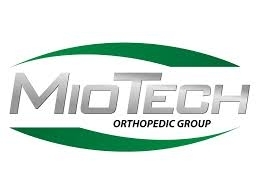Pain Science Movement and Manual Therapy (PSMMT) For Rehabilitation Professionals
Pain Science, Movement, and Manual Therapy (PSMMT) for Rehabilitation Professionals
Course Background:
Research on the science of pain spanning the past three decades has changed the way we understand and teach patients about the human pain experience. This educational evolution is built on a biopsychosocial framework and its application has resulted in improvements of clinical outcomes including: decreased pain, reduction in fear of movement, promotion of better quality movement, increased motivation and willingness of patients to participate in exercise and skilled therapy, and decreased overutilization of medical services. Furthermore, these improvements have been shown to be greater when combined with movement and manual therapy. Cornerstone to this educational approach is recognizing the role of threatening (nocebo) language in worsening patient outcomes and iatrogenic disorders. Concurrent to these developments in pain science, movement science has increasingly recognized the interplay of biopsychosocial factors in human movement. Advancements in research on biomechanics and motor control have also revealed an increased need for clinicians to recognize and understand the complex layers of the lived human experience as playing important roles in assessment and prescription of movement.
Course Description:
This course provides a broad overview and practical application of contemporary pain science, movement science, and manual therapy assessments and interventions, utilizing a biopsychosocial framework. Conceptual integration of the Neuromatrix framework with loading capacity, graded exposure, sensorimotor strategies and movement variability, interaction with the human nervous system, and applications of existing, and novel, manual therapy will be interwoven throughout this course. Each application will be built around developing nonthreatening language skills and patient centered education. This course work is a blend of lecture, lab, and case studies to maximize clinical application.
Course Objectives:
1.) Discuss why understanding that nociception does not guarantee pain is important for both clinicians, and our patients, to understand and treat pain.
2.) Describe why understanding nociception, in the absence of pain, is important to understanding mobility and movement.
3.) Summarize two changes you can make in your current practice to more effectively educate patients on pain and improve their participation in skilled therapy.
4.) Compare and contrast movement/exercise from a biomedical perspective and a biopsychosocial perspective using current research related to neuromuscular control and coordination.
5.) Summarize two changes you can make in your current practice related to manual therapy to more effectively educate patients on pain and mobility, while increasing self efficacy without increased dependency on passive interventions.
6.) Describe how a biopsychosocial informed approach to movement and manual therapy can be integrated into existing practice.
Course Educator Biography:
Leonard Van Gelder is a physical therapist (DPT), athletic trainer (ATC), therapeutic pain specialist (TPS), spinal manual therapist (CSMT) and strength and conditioning specialist (CSCS) with a strong interest in pain science and manual therapy. He has previously studied, published research, and presented at regional and international conferences on the science of stretching, strength and conditioning, and therapeutic pain science interventions. He has explored a diverse spectrum of manual therapy and movement approaches, and emphasizes a biopsychosocial approach to education, movement, and manual therapy in his practice.
Course Location
The course will be held on the Campus of Grand Valley State University in Allendale, MI. Course registration and lecture session will take place in Kindschi Hall 1101, and the lab sessions will take place in the GVSU Rec Center, which is just adjacent to Kindschi Hall.
Parking is available in Lot G. Review the map of the Allendale Campus and a list of available restaurants/hotels around the GVSU Allendale Campus.
Pain Science, Movement, and Manual Therapy – 2-Day Course Schedule
Friday August 3, 2018 – 7.5 Contact Hours
7:30 a.m. – Registration and Completion of Pre-Course NPPQ (Breakfast Provided)
8:00 a.m. – General Introduction
8:10 a.m. – Introduction to the Human Pain Experience
9:00 a.m. – Introduction to Language Change
9:20 a.m. – Pain Terminology
9:50 a.m. – Nociceptive Pain
10:10 a.m. – Inflammation
10:30 a.m. – Break
10:45 a.m. – Tissues Heal!
11:00 a.m. - Spinal Disc Herniation Basics – Forget the Jelly Donut!
11:15 p.m. – Central Sensitization
11:40 p.m. – Assessing for Central Sensitization and Case Study
12:00 p.m. – Lab - Small Groups – Language Lab
12:10 p.m. - Lunch (Provided)
1:00 p.m. – Posture & Tissue Issues
1:40 p.m. – Loading Capacity - Education and Application
2:00 p.m. – Modern Movement Science meets Pain Science
2:45 p.m. – Break
3:00 p.m. –Tactile Acuity, Interoception, and other Sensory Discrimination
3:15 p.m. – Lab - Sensorimotor Lab
Sensory testing
Finding ease in sitting, standing, walking
Sensorimotor Experiments - vision, vestibular system, kinesthesia, and movement
Ideomotor Movement
4:00 p.m. – Graded Exposure to Movement
4:30 p.m. – Lab - Graded Exposure
5:00 – End of Day 1
Saturday August 4, 2018 – 7.5 Contact Hours
7:30 am Breakfast (provided)
7:50 am – Sign-in Time
8:00 a.m. – Pain Science and Manual Therapy
8:20 a.m. – Knee Pain: Critical Review of Assessment and Treatment
Evaluation and Palpation
Joint Mobilization/Manipulation
Soft Tissue Techniques
“Trigger Points”
Biomechanics
9:00 - Neuro 101 and Neurophysiologic Manual Therapy Framework
9:40 - Lab - Manual Therapy Application using existing Skills and Language
10:15 a.m. - Break
10:30 a.m. – Physical Interaction with the Nervous System - Neurodynamics to Dermoneuromodulation
11:00 a.m. – Lab – Neurodynamics and Dermoneuromodulation
12:00 p.m. - Lunch (provided)
1:00 p.m. – Manual Therapy Integration Strategies and Case Studies
1:30 p.m. – Awareness, Breathing, Relaxation, Pacing, Sleep Strategies, and Heart Rate Variability
2:00 p.m. – Brief Overview of Motivational Interviewing, Socratic Questioning, and Acceptance and
Commitment Therapy
2:30 p.m. – Graded Motor Imagery
3:00 p.m. – Lab - Graded Motor Imagery
3:30 p.m. – Break
3:45 p.m. – Pharmacology & surgery
4:10 p.m. – Connecting the Dots - Evaluation and Treatment Planning
4:40 p.m. – Novel Ideas for Movement and Manual Therapy
4:50 p.m. – Closing and Post-Course NPPQ
5:00 – End of Day 2
15 Total Contact Hours
Course Cost
The cost of the course is $350. If you are in your first year of practice as a health care professional, contact [email protected] for a discount code to save $50.
AT Continuing Education
This course is approved currently for 15 Category C CEU through the BOC, with approval pending for all 15 CEU to be Evidence Based. BOC Provider number is P10134.
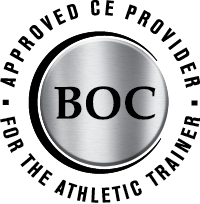
PT Continuing Education
CEUL017722 - Pain Science, Movement, and Manual Therapy for Rehabilitation Professionals has been Approved by the Michigan Physical Therapy Association
- Status Type: Approved
- Credits Approved For: 15.00
- Approval Number: CEUL017722
- Approved From: 03/11/2018
- Approved To: 03/11/2019
MPTA CEU
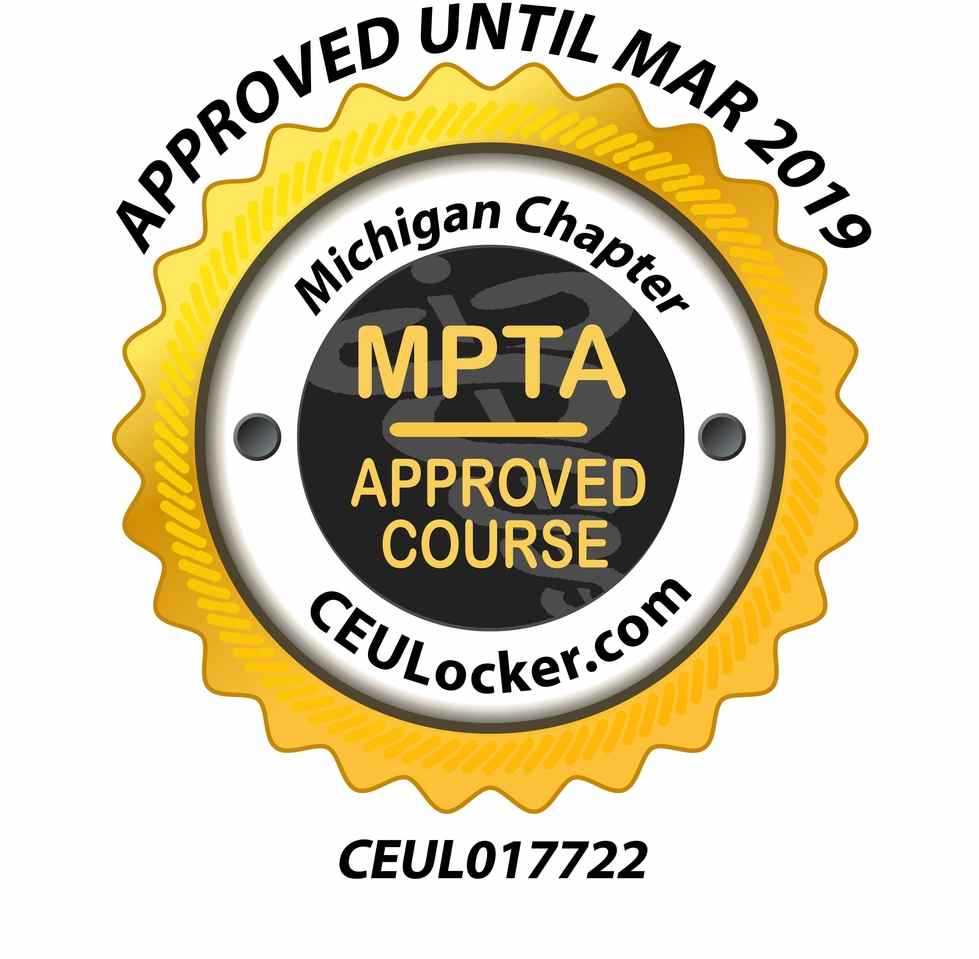
Pain Management Credit
Approved for 3 hours of pain management credit for AT and 1 hour of pain management credit for PT in Michigan per the LARA guidelines.
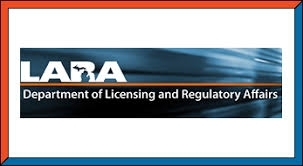
Presented By:

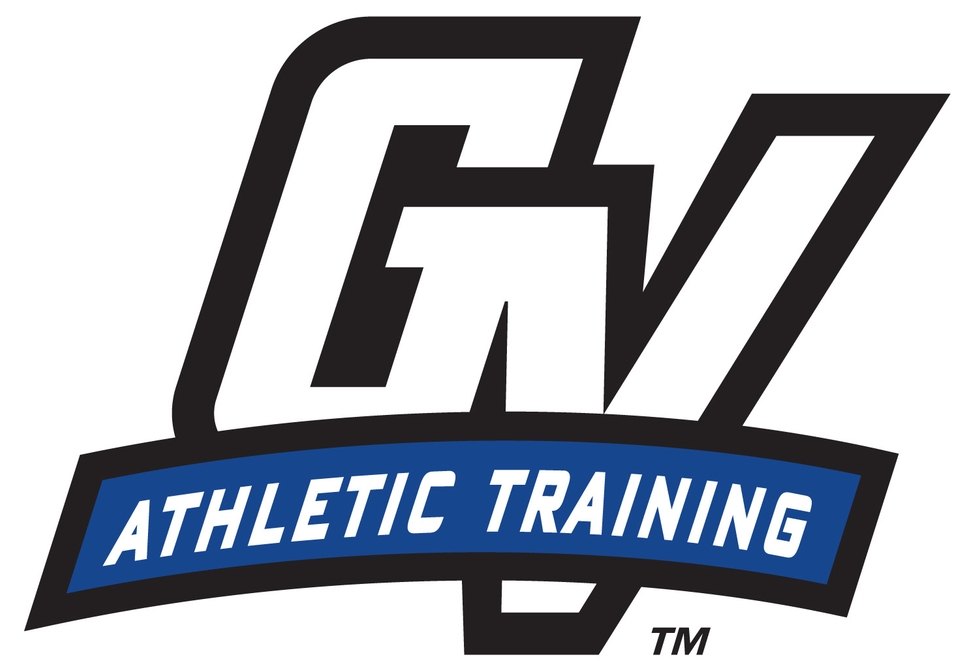
Sponsors
The Conference meal breaks are sponsored by:
